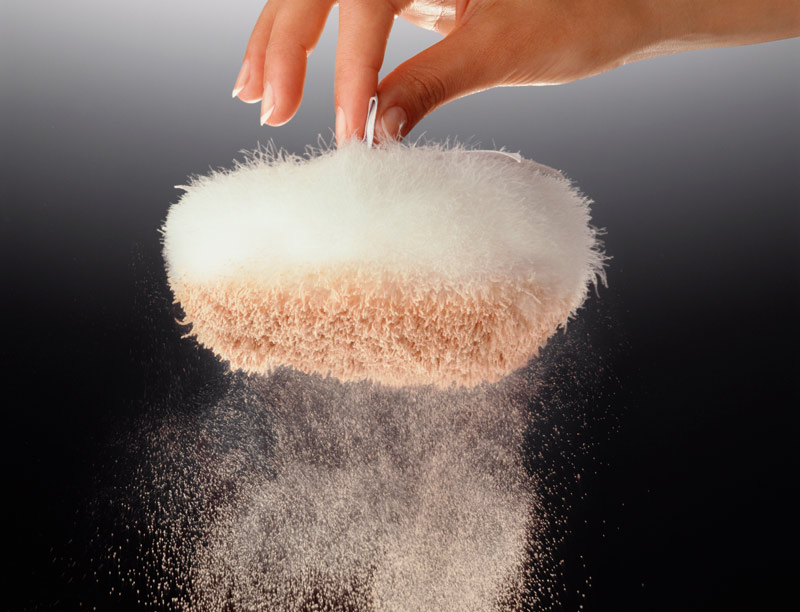Revlon Named in Talc-Mesothelioma Lawsuit

Revlon Inc. on Tuesday became the latest corporation hit with a lawsuit alleging asbestos-contaminated talc in its cosmetic products caused mesothelioma cancer in a woman.
A Maryland couple filed the lawsuit in New York state court.
Laura McDaniel believes her diagnosis of mesothelioma in January stems from her father’s earlier employment with Revlon, the multinational skin care, fragrance and cosmetics giant headquartered in New York City.
She is seeking $20 million in compensatory damage and $40 million in punitive damages. Husband Edward McDaniel wants $5 million for mental anguish and loss of companionship.
More than 16,000 lawsuits have been filed in U.S. courts alleging that the use of asbestos-contaminated talc products has caused various cancers.
The majority of the cases involve women and ovarian cancer.
Product Has Been Discontinued
Mesothelioma is a rare and aggressive cancer that is typically caused by the inhalation or ingestion of microscopic asbestos fibers.
Doctors diagnose an estimated 3,000 cases of mesothelioma each year in the U.S., and most are related to occupational exposure to asbestos.
Most of the 16,000 cases also are directed at Johnson & Johnson Inc. and its iconic baby powder.
Cosmetic companies such as Revlon have been defendants in only a small fraction of the cases.
In the lawsuit, Laura Daniels cited the product Jean Nate Silkening Body Powder and other Revlon products that her father provided for her.
Jean Nate Silkening Body Powder was introduced by Revlon in 1935 but has been discontinued and is no longer available.
Many cosmetic products contain talc, which is naturally occurring and one of the world’s softest minerals.
Talc absorbs moisture and creates a silky, soft texture. It typically is used in eye shadows, creams and finishing powders.
Talc and Asbestos Often Mined Together
The issue of asbestos in talc stems from the mining of the product.
Both minerals are found on the earth’s surface and often in close proximity.
The U.S. Food and Drug Administration, which loosely oversees talc products, has stressed the importance of selecting talc mining sites and purifying the product to prevent asbestos contamination.
Unfortunately, there is no strict regulation of cosmetic-grade talc and the FDA is not authorized to review cosmetic products outside of color additives.
Companies are guided by their own safety regulations.
In October 2019, the FDA announced it found traces of asbestos in a bottle of Johnson’s Baby Powder, leading to a voluntary recall of a 33,000-bottle batch of the product.
Several retailers pulled the product from their shelves in response.
Johnson & Johnson has insisted that its products are safe and released results of its own independent testing that showed no contamination.
Earlier this year, though, Johnson & Johnson reached out-of-court settlements in two cases — one in California and another in New York — that alleged contaminated talc caused mesothelioma.
Asbestos in Makeup Products Continues
Asbestos in makeup first became major news in 2017 when the Scientific Analytical Institute in Greensboro, North Carolina, found it in a product marketed by Claire’s, a jewelry retailer targeting young women.
Less than a year later, the same laboratory found asbestos-contaminated talc in products sold by Justice, another retailer marketing cosmetics to young girls and teenagers.
Earlier this year, the laboratory uncovered asbestos-tainted talc in a children’s toy makeup kit being marketed by IQ Toys.
Those findings were released by the Environmental Working Group, which had commissioned the testing as part of a larger investigation of children’s toys.
The case against Revlon also names Whittaker Clark & Daniels Inc., a chemicals distributor accused of failing to warn about the dangers of asbestos in cosmetic products.
The lawsuit did not specify what type of work the father of Laura McDaniel did at Revlon.